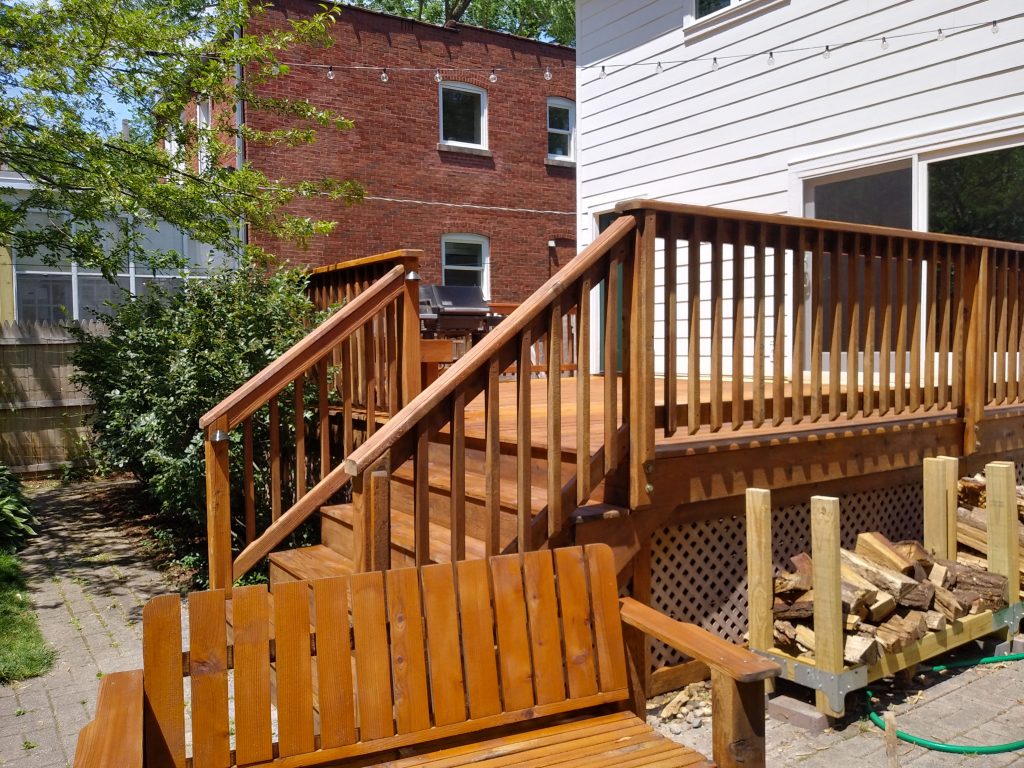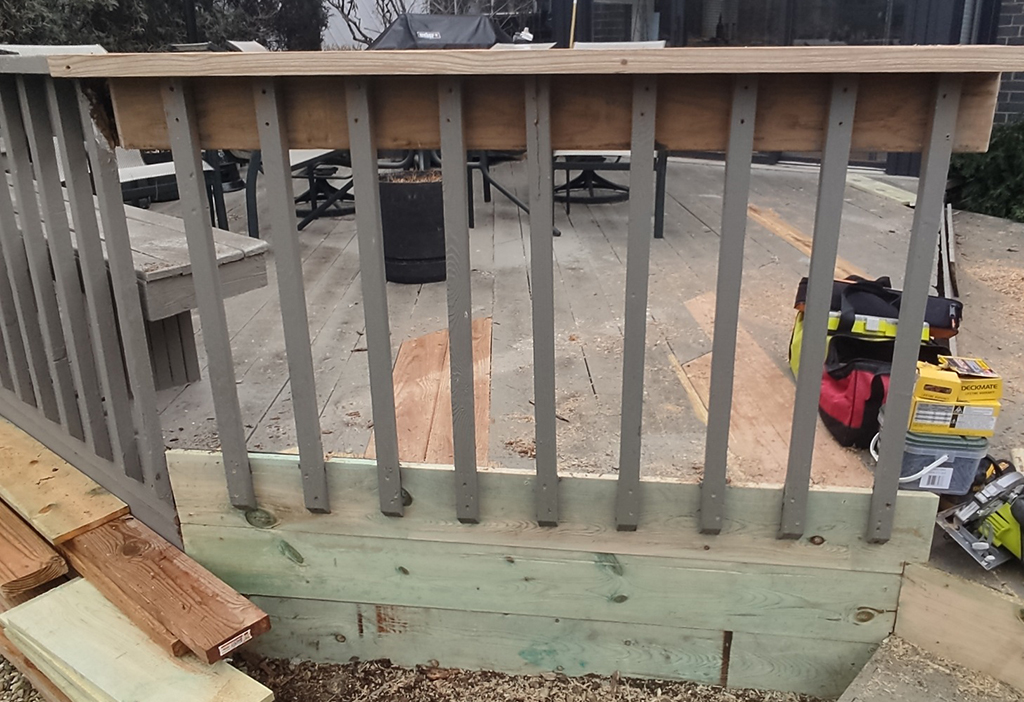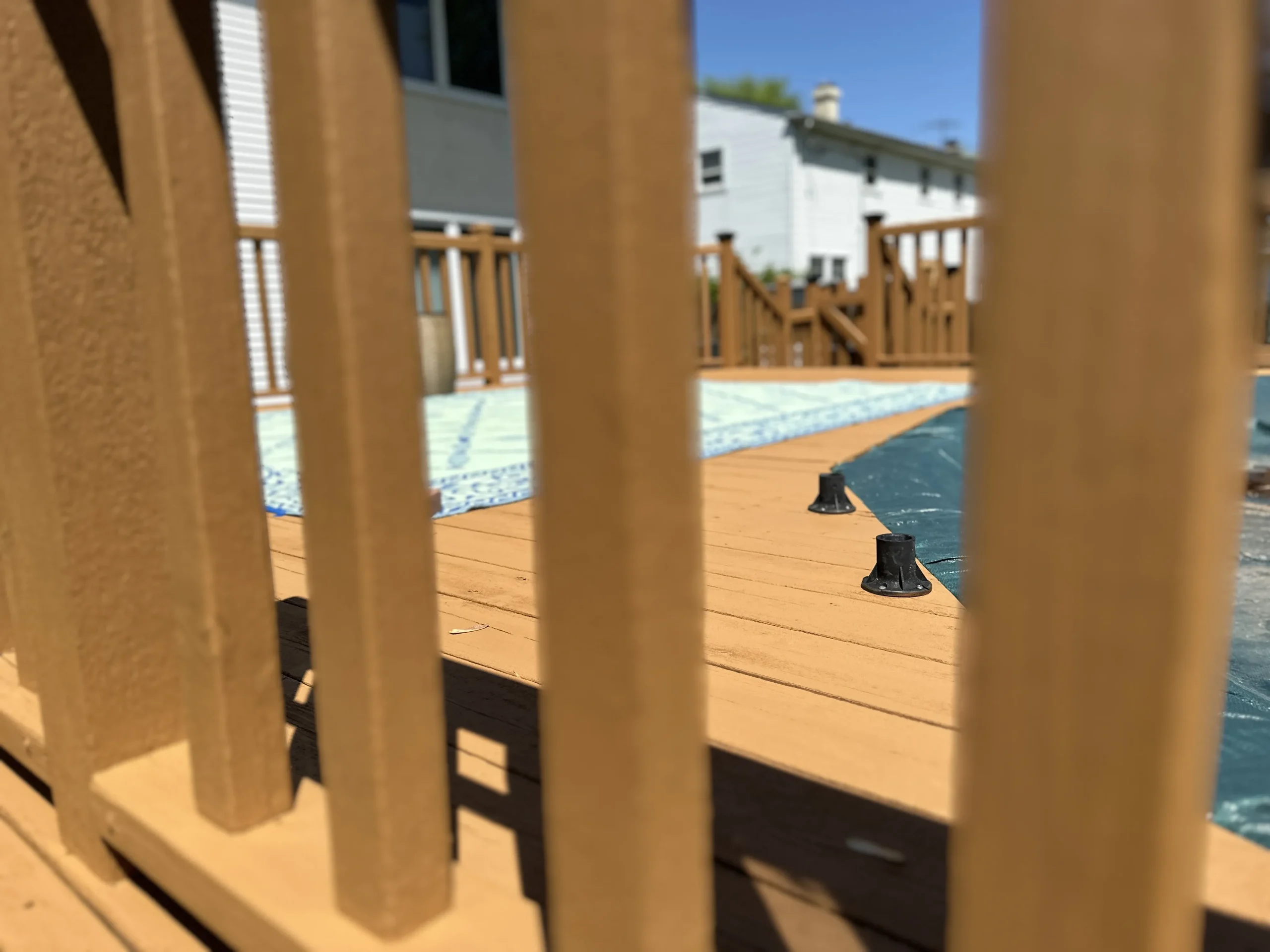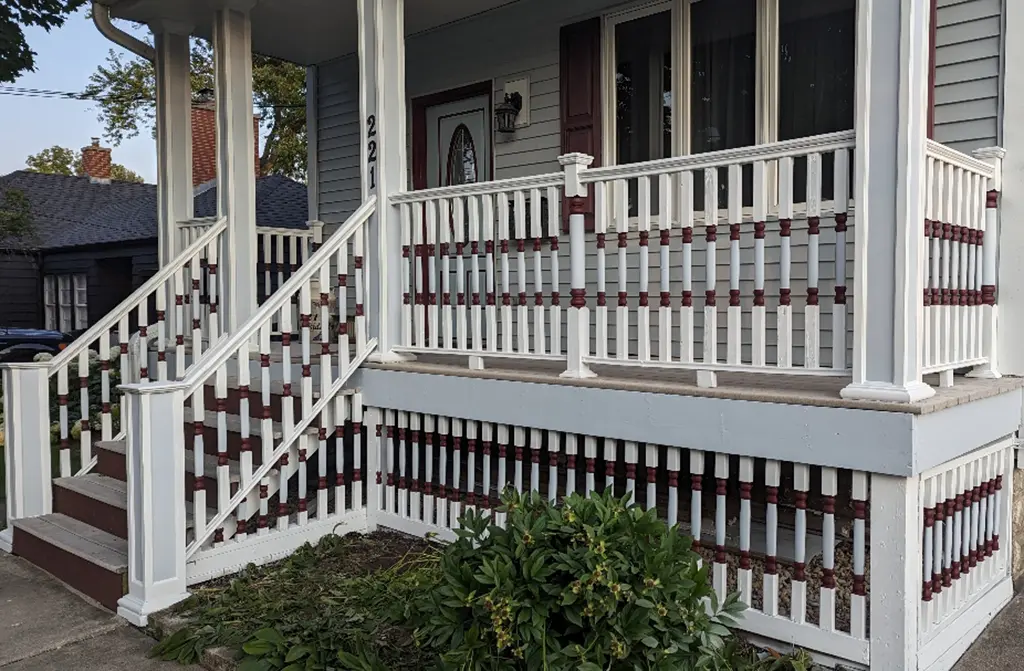Your wood fence is more than just a boundary—it’s a key part of your home’s curb appeal and protection. But without proper care, exposure to sun, rain, and snow can quickly take its toll, leaving your fence faded, cracked, or even rotting. If you’ve noticed signs of weather damage, it might be time to take action before costly repairs are needed.
Staining is one of the best ways to shield your fence from the elements while keeping it looking fresh and polished. The right stain doesn’t just enhance the wood’s natural beauty—it also creates a protective barrier against moisture, UV rays, and temperature fluctuations. Whether you’re searching for fence restoration near me or looking to prevent the need for fence repair in Chicago, learning how to properly stain your fence can save you time, money, and hassle in the long run.
In this guide, we’ll walk you through everything you need to know about fence staining, from choosing the right stain to applying it like a pro. Let’s get started on protecting your investment!
Why Fence Staining Matters

A wood fence adds charm, privacy, and security to your home, but without proper maintenance, it won’t stay in great shape for long. Rain, snow, and intense sunlight can wear down the wood, causing it to fade, crack, or even rot. If left unprotected, your once-sturdy fence could require expensive repairs or even full replacement much sooner than expected. That’s why staining is essential—it acts as a protective shield, helping your fence stand up to the elements year after year.
In cities like Chicago, where the weather is unpredictable, homeowners often find themselves searching for fence restoration near me to fix damage caused by extreme conditions. Staining your fence at the right time can prevent many of these issues before they start. A high-quality stain soaks deep into the wood, repelling moisture and preventing mold or mildew growth. It also blocks harmful UV rays, which can cause wood to turn gray and brittle over time.
Beyond protection, staining enhances the look of your fence. Whether you prefer a natural wood tone or a rich, bold color, stain can refresh an aging fence and boost your home’s curb appeal. And if you’re already dealing with structural issues, it’s best to handle them before staining. In that case, reaching out for wood fence repair in Chicago ensures your fence is sturdy enough to absorb the stain properly.
By investing in fence staining now, you’re not just preserving the wood—you’re saving money on future repairs and keeping your fence looking great for years to come. Next, let’s take a closer look at how weather impacts your fence and why taking preventive measures is so important.
How Weather Damages Your Wood Fence

Your fence may seem strong, but exposure to the elements can break it down faster than you think. In a city like Chicago, where seasons bring everything from intense sun to heavy snow, an unprotected fence is at constant risk. Many homeowners don’t notice the damage until it’s too late, leading them to search for fence restoration near me or invest in costly repairs.
Here’s how different weather conditions can wreak havoc on your wood fence:
- Sun Exposure: UV rays dry out the wood, causing fading, discoloration, and brittleness. Over time, the fence weakens and becomes more prone to cracking.
- Rain & Snow: Excess moisture soaks into untreated wood, leading to swelling, warping, and eventual rot. This creates soft spots and weakens the structure.
- Mold & Mildew: Damp conditions encourage mold growth, which not only looks bad but also speeds up decay and damages the wood fibers.
- Freezing & Thawing Cycles: In winter, trapped moisture expands and contracts, causing cracks and splits in the wood. This is a common issue for homeowners seeking fence repair in Chicago due to the harsh freeze-thaw cycle.
If left untreated, your fence could require repairs or even replacement much sooner than expected. The good news? A high-quality stain helps prevent all of these issues by sealing the wood, repelling moisture, and blocking harmful UV rays. In the next section, we’ll explore the different types of stains and how to choose the best one for long-lasting protection.
Choosing the Right Stain for Your Fence

Not all stains are created equal, and choosing the right one can make a big difference in how well your fence withstands the elements. A high-quality stain not only enhances the wood’s natural beauty but also acts as a protective shield, preventing issues that often lead homeowners to search for fence restoration near me.
When selecting a stain, you’ll need to consider the type, opacity, and finish that best suits your fence and climate.
Oil-Based vs. Water-Based Stains
- Oil-Based Stains: These penetrate deep into the wood, providing long-lasting protection against moisture and UV damage. They’re ideal for harsh weather conditions but take longer to dry.
- Water-Based Stains: These dry faster and are more environmentally friendly. They sit on the surface rather than penetrating deeply, making them a good choice for newer fences.
Opacity Options: Transparent, Semi-Transparent, or Solid Stains
- Transparent stains allow the natural wood grain to show through while providing basic protection. Best for fences in mild climates.
- Semi-transparent stains offer a balance between color and protection, slightly masking imperfections while still showcasing the wood’s texture.
- Solid stains provide the most protection and completely cover the wood grain. Great for older fences or those already showing signs of wear.
If your fence has existing damage, staining alone won’t fix the problem. It’s always a good idea to check for structural issues first—this is where wood fence restoration experts comes in handy. A sturdy, well-maintained fence will absorb stain better and last longer.
Now that you know how to choose the right stain, let’s go over how to properly prepare your fence for staining to ensure the best results.
Step-by-Step Guide to Staining Your Fence

Applying stain to your fence isn’t just about brushing on a new coat of color—it’s about properly preparing the wood to ensure the stain penetrates evenly and provides long-term protection. Rushing through the process can lead to uneven coverage, poor absorption, and a finish that wears off faster than expected.
The first step is cleaning your fence thoroughly. Dirt, mildew, and old stain residue can prevent the new stain from bonding properly, so washing the wood is essential. A power washer can be effective, but if the fence is older or delicate, using a wood cleaner with a scrub brush is a safer option. Once cleaned, the fence must dry completely before moving forward.
After cleaning, inspecting the fence for damage is crucial. Warped boards, loose nails, or rotting wood should be fixed before staining. Many homeowners dealing with cracked or unstable fences look for fence repair in Chicago to restore their fence’s structure before applying a new stain. Staining a damaged fence will only mask the problem temporarily, so making repairs first ensures a longer-lasting result.
Once the fence is prepped, applying the stain correctly is key. Staining should be done in dry weather with mild temperatures, as excessive heat or humidity can cause uneven drying. Using a brush, roller, or sprayer, the stain should be applied evenly, working with the natural grain of the wood. Multiple thin coats are better than one thick application, as they allow for better absorption and a more polished finish.
Taking the time to properly clean, repair, and apply stain will significantly extend the life of your fence, protecting it from weather damage and reducing the need for frequent maintenance. Up next, we’ll explore how often you should reapply stain to keep your fence looking its best.


